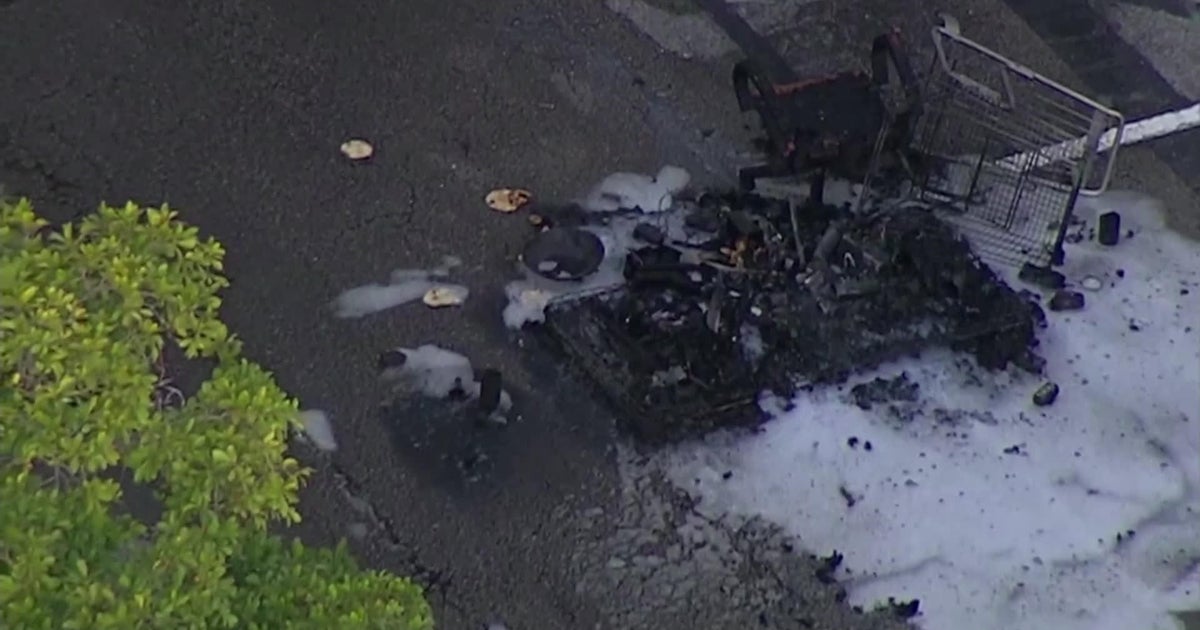CBS4 Investigates: Are "Best Buys" Really The Best Deal?
MIAMI (CBSMiami) - In a struggling economy, more and more people are forced to use almost every penny from their paycheck to make ends meet.
But CBS4's Chief Consumer Investigator Al Sunshine asked, when shopping, how do consumers know they are getting the best deal?
Kendall Shopper Raul Sague, a retiree, wonders the same when he visits the local Dollar Stores.
"I find that if I spent $20 here, and if I went to buy the same items somewhere else, instead of $20 I'd be paying $28-30 and that's significant. To me that's very significant," said Sague.
This method of conservation, also known as "Penny Pinching," is a movement that has benefitted businesses for deep discounters, like Dollar General, now opening up enough stores Nationwide to rival McDonalds and Subway.
And that's forcing the traditional discounters, like Wal-Mart and Target, to expand their deals and dollar sections too.
Dr. Claudia Townsend, assistant professor of marketing at the University of Miami School of Business, agreed.
"Everyone, middle income, high income, consumers are open to a deal. And even things like the dollar store are becoming more relevant to more consumers," said Dr. Townsend.
But CBS4′s Chief Consumer Investigator Al Sunshine examined whether these "Dollar Deals" are always the best bargains.
Deep discounters may advertise "Dollar Deals," but when Sunshine compared the advertised deals to the actual ones on the shelves, he uncovered that often the marked-down merchandise was damaged.
Sunshine the actual cost to product quantity and quality...we got a Big Surprise. We checked out some generic batteries priced 8 for a dollar at a deep discounter. Both Walmart and Target were more expensive.
But according to Dr. Townsend, the cheaper ones may not have been the best deal.
"You might opt for the cheaper option, which you don't have the brand name that suggests this is something that's going to last longer. But in the long run you may find yourself replacing these batteries at a rate that more than compensates for the lower price you're paying."
And that's not all. As part of the investigation, Sunshine went shopping for various consumer products at local dollar-type stores and later compared them to the products purchased at Wal-Mart and Target.
We he discovered that the cheapest price was not always the best deal because of content size.
In most cases the cheapest product was in smaller packaging. So consumers do pay less, but they are also getting less for their money.
Dr. Townsend believes that smaller packages of the same product, in the long run, won't save money.
For example, when comparing a tube of CREST toothpaste that costs a dollar at the local Dollar-Tree, and a tube of COLGATE at Wal-Mart for $1.47, Townsend said, "once you take into account the product size, 2.7-ounces versus 6.4 ounces, this is over twice as big but it's not twice as much for the money. It's not twice as much."
When asked which tube of toothpaste was the better deal, Townsend explained, "For 50-percent more you get over 100-percent more product. So this [the pricier tube of toothpaste] is the better deal."
Another trick, making it more difficult for shoppers to compare deals, is that retailers are actually requesting specifically-sized products to help them trim costs.
Sunshine also compared a 120 TWO-PLY SCOTTIES TISSUES for a dollar at a Dollar-Store to a $1.75 184 THREE-PLY TISSUES KLEENEX package purchased at Wal-Mart and Target.
As it turned out, the unit price of the more expensive tissues was actually the better deal.
It would be difficult for the average consumer to compare the deal because the products are not identical and, according to Dr. Townsend, the three-ply tissues are of greater quality and worth the extra money.
Savvy shoppers know generic store brands are always money-savers over name brands.
Also, bulk foods can save money as long as you have the room to store use them before they spoil.



